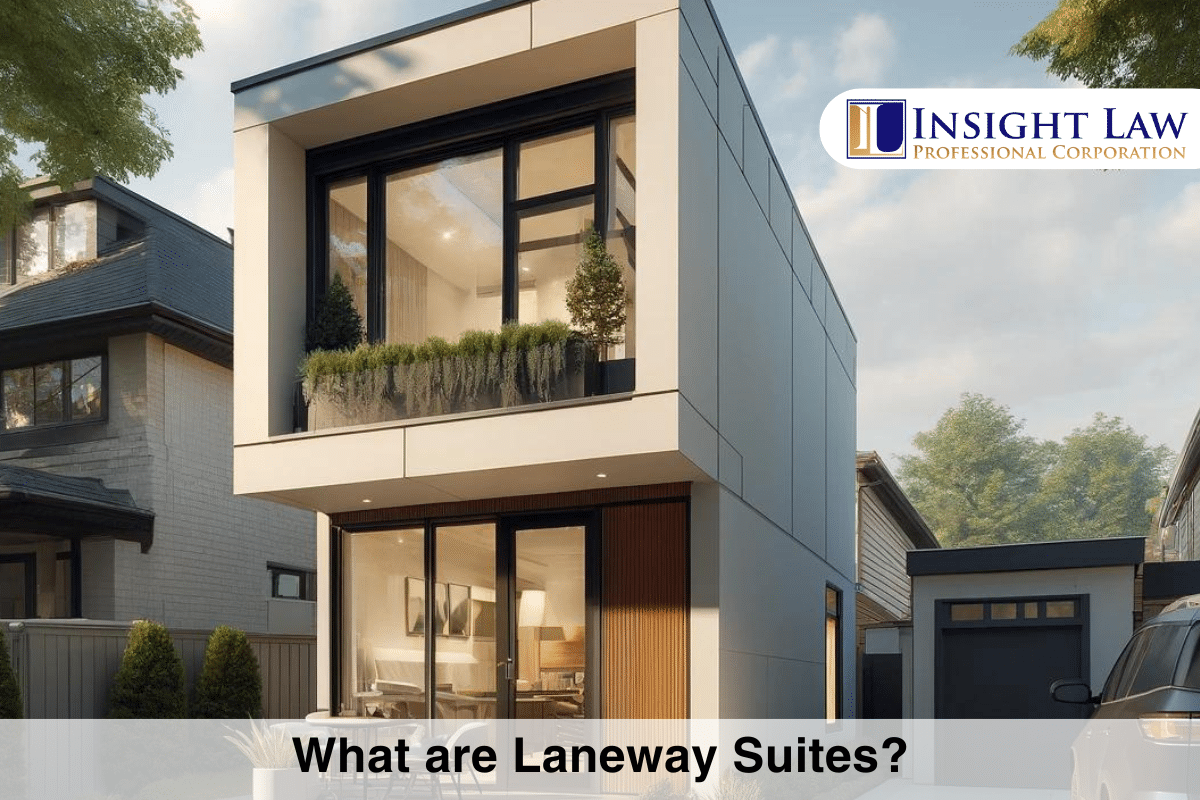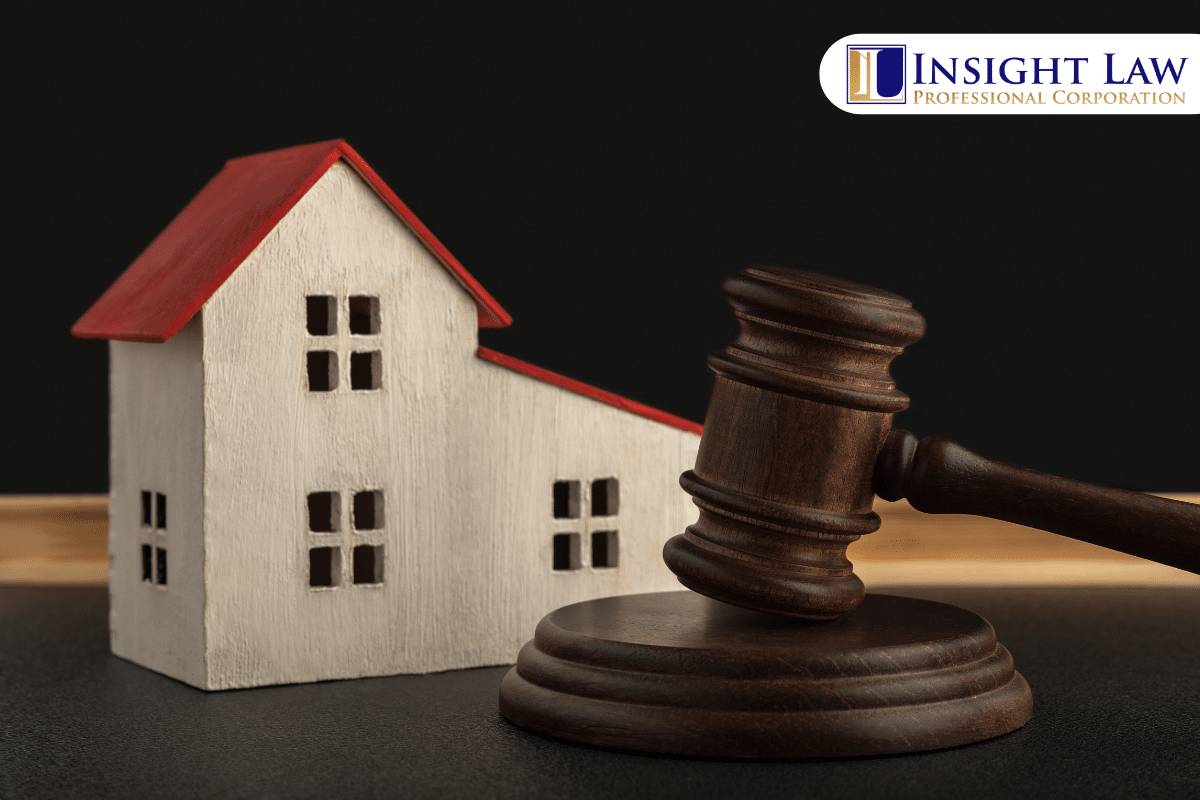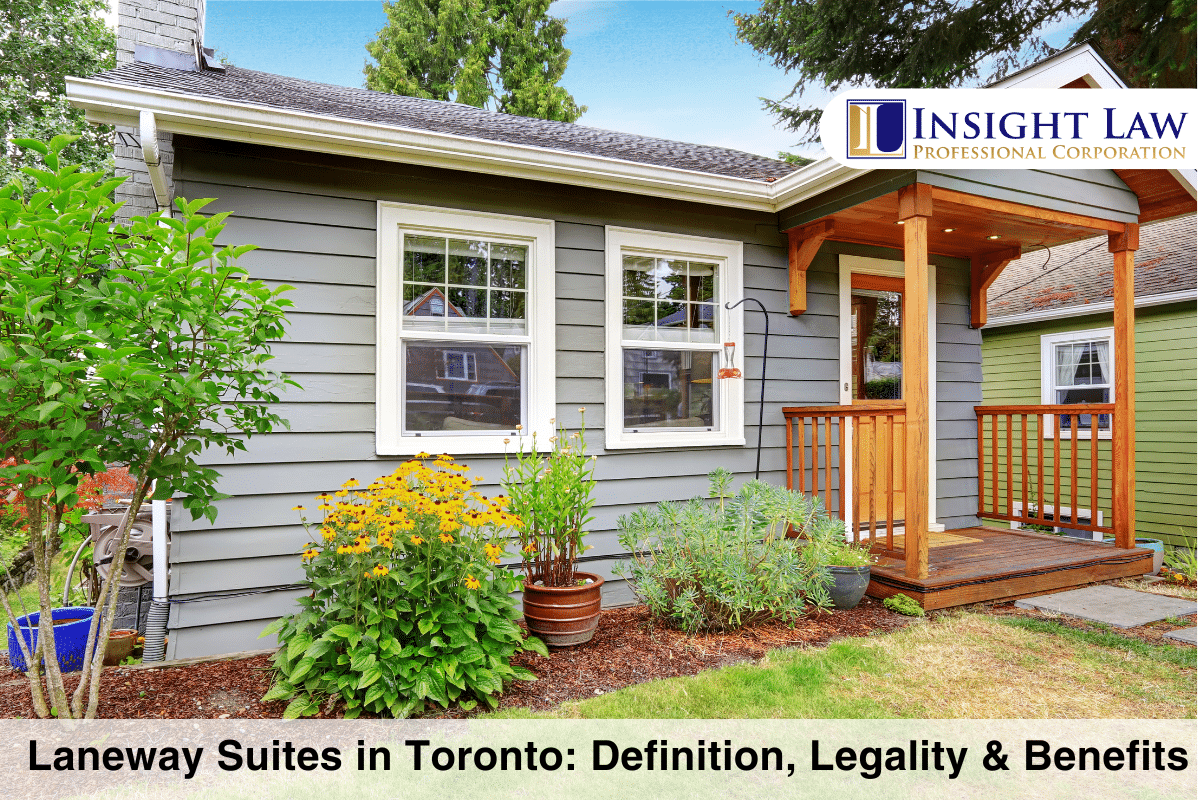Toronto’s housing market has faced increasing pressures due to a growing population and limited available land. As a result, innovative housing solutions have emerged to address the need for additional living spaces within the city. One such solution is the development of laneway suites. These secondary dwelling units, built on pre-existing lots with access from a public laneway, offer a creative and practical approach to urban densification. This article explores the definition, legality, and benefits of laneway suites in Toronto.
What are Laneway Suites?
A laneway suite is a self-contained residential unit located on the same property as a primary home but accessed via a public laneway rather than the main street. These suites typically include all the amenities of a full home, such as a kitchen, bathroom, living area, and sleeping quarters. Laneway suites can be built as new structures or conversions of existing garages or other outbuildings. They are designed to provide additional housing options while integrating seamlessly into the urban environment, preserving the character of neighbourhoods and maximizing the use of available land.

Legality of Laneway Suites in Toronto
Laneway suites are legal in Toronto. In 2018, the City of Toronto amended its zoning by-laws to permit the construction of laneway suites in certain residential zones. City By-Law 569-2013 Section 150.8 Laneway Suites outlines the requirements of laneway suites in Toronto. Key legal requirements and considerations include:
Zoning and By-Laws: Zoning and by-law regulations in Toronto govern laneway suites. The regulations specify where laneway suites can be built, including criteria such as minimum lot size and configuration to maintain neighbourhood dynamics. Laneway suites must be built on properties with direct access to a public laneway to ensure accessibility and integration into the city’s infrastructure.
The zoning by-laws also set requirements for the physical dimensions and placement of laneway suites, including setbacks from property lines and other buildings and height and size limitations. These regulations also address access to emergency services and compliance with municipal service connections for water, sewage, and electricity. Property owners must go through a detailed permitting process, including submitting comprehensive plans and possibly undergoing a site plan review to ensure compliance with all zoning and by-law criteria.
Building Code Compliance: Laneway suites must meet the strict safety and structural standards outlined in the Ontario Building Code. The code covers various requirements, including structural integrity, fire safety, plumbing, and electrical systems. Laneway suites are to be designed and built to withstand environmental stresses and ensure the safety and comfort of residents. Fire safety regulations are stringent, requiring the use of fire-resistant materials, proper installation of smoke alarms, and ensuring the presence of adequate escape routes. Plumbing and electrical systems must also meet high standards, necessitating professional installation and inspection to prevent hazards like leaks or electrical fires. Property owners must obtain all necessary permits and undergo inspections throughout construction to ensure full compliance with the building code.
Site Requirements: Site requirements for laneway suites in Toronto are designed to ensure these secondary units fit appropriately within the existing urban landscape while providing safe and practical living spaces. Properties must have direct access to a public laneway, facilitating ease of entry and services. Additionally, the lot must meet specific size and configuration criteria to accommodate the suite without overcrowding. Setback regulations dictate the distance the suite must maintain from property lines and neighbouring structures, ensuring privacy and reducing potential conflicts. These requirements also include provisions for adequate emergency access.
Height and Size Limits: The height and size limits for laneway suites in Toronto are set to ensure they blend well with the existing neighbourhoods. The zoning by-laws specify maximum height restrictions, the suite’s overall footprint and floor area.
Utilities and Services: Laneway suites in Toronto stay connected to the main house for utilities like water, sewer, hydro, and gas.
Permits and Approvals: Property owners must obtain the necessary building permits and approvals from the City of Toronto before constructing a laneway suite. This includes submitting detailed plans and possibly undergoing a site plan review process.

Benefits of Laneway Suites in Toronto
The development of laneway suites offers numerous benefits to property owners, residents, and the broader community:
Increased Housing Supply: Laneway suites contribute to the increased housing supply by utilizing existing residential properties. In a city like Toronto, where space is limited and housing demand is high, laneway suites offer a practical solution to expand the housing inventory without needing large-scale developments. This helps alleviate some pressure on the housing market, making it easier for people to find homes in desirable neighbourhoods.
Efficient Use of Space: Laneway suites optimize the use of space by transforming underutilized areas, such as backyards or garages, into livable units. This approach maximizes the potential of existing properties and makes urban areas more efficient. Instead of letting these spaces go to waste, homeowners can create functional living spaces that contribute to the overall housing stock, enhancing urban density without sprawling into greenfield areas.
Affordable Housing Options: One of the significant advantages of laneway suites is their potential to provide more affordable housing options. These units can be rented out at lower rates than traditional apartments or homes, making them accessible to a wider range of people, including young professionals, students, and lower-income families. By offering more diverse housing options, laneway suites can help create more inclusive and equitable communities.
Income Generation: Homeowners can benefit financially from laneway suites by renting them out to tenants. This additional income stream can help cover mortgage payments, property taxes, and maintenance costs, providing a significant financial boost. This income can make a substantial difference for many homeowners, helping them stay in their homes longer and maintain their properties better.
Community and Family Living: Laneway suites facilitate multi-generational living arrangements, where extended family members can live nearby but still enjoy their private spaces. This setup can be particularly beneficial for aging parents who need support but wish to maintain their independence or for young adults looking for a more affordable living option while staying close to family. This arrangement strengthens family bonds and provides mutual support.
Preservation of Neighborhood Character: Laneway suites promote gentle densification, which helps preserve the character and aesthetic of existing neighbourhoods. Unlike large apartment buildings or high-rise developments, laneway suites blend seamlessly into residential areas, maintaining the look and feel of the community. This approach supports the city’s growth while respecting neighbourhoods’ historical and cultural integrity.
Environmental Benefits: Laneway suites often involve less resource consumption and waste compared to new developments. They can be designed with sustainable building practices, such as using energy-efficient materials, incorporating solar panels, and implementing water-saving fixtures. By repurposing existing spaces, laneway suites reduce the need for new land development, thereby minimizing environmental impact and promoting sustainable urban living.
Improved Urban Density: Increasing urban density through laneway suites can lead to more vibrant and dynamic communities. Higher density supports local businesses, public transportation, and community amenities by creating a larger customer base and fostering a sense of community. This, in turn, can enhance the quality of life for residents by making neighbourhoods more walkable and reducing reliance on cars.
Enhanced Property Value: Adding a laneway suite can significantly increase the overall value of a property. The additional living space and potential for rental income make properties with laneway suites more attractive to buyers. This can be a worthwhile investment for homeowners looking to increase their property’s market value and appeal.
How Much Do Laneway Suites Cost in Toronto?
The cost of building a laneway suite in Toronto varies significantly depending on several factors, including the size, design, materials used, and the property’s specific requirements. Toronto custom homes generally cost between $250 and $450 per square foot. On average, homeowners can expect to spend between $300,000 to $500,000 to construct a laneway suite. This includes architectural and engineering fees, permits, construction, and potential upgrades for plumbing, electrical, and sewer connections. Custom designs, high-end materials, and additional features like green roofs or energy-efficient systems can increase the overall cost.
Other expenses must be considered when planning a laneway suite, in addition to construction costs. These include landscaping, furnishing the suite, and any adjustments required for the main house to accommodate the new addition. Homeowners might also need to budget for increased property taxes and insurance premiums once the suite is completed.
What to Consider Before Building a Laneway Suite
Before building a laneway suite in Toronto, thoroughly understanding the city’s zoning and bylaw regulations is crucial. Toronto has specific rules governing the construction of laneway suites, including requirements for minimum lot size, setbacks, height, and distance from existing structures. Homeowners must ensure their proposed suite complies with these regulations to avoid legal issues and delays. Obtaining the necessary permits is a critical step, involving site plan approval and building permits, and possibly applying for a minor variance if the project does not fully comply with existing rules. Consulting with an architect or a professional familiar with Toronto’s bylaws can provide valuable guidance in navigating these regulatory requirements.
Financial considerations are also suggested when planning to build a laneway suite. Homeowners should conduct a comprehensive cost analysis that includes construction expenses and additional costs such as design and architectural fees, permits, and potential utility upgrades. It’s essential to account for increased property taxes and insurance premiums that may result from the addition of the suite. Evaluating financing options, whether through savings, home equity lines of credit, or other loan products, is required to ensure the project is financially viable. Additionally, homeowners should consider the potential rental income from the suite, which can help offset some of the costs and make the investment more attractive in the long term. Proper financial planning and a clear understanding of the costs involved can help ensure the success of the laneway suite project.
Summary
Laneway suites represent a forward-thinking approach to addressing Toronto’s housing challenges. By providing additional, flexible housing options within the city’s existing neighbourhoods, laneway suites help meet the demand for urban living while preserving the character and charm of Toronto’s communities.
How We Can Help
Insight Law Professional Corporation is a real estate law firm located in Toronto. We can help you navigate the legal elements of your proposed laneway suite. Contact us today and learn how a real estate lawyer can help you.
The information provided above is of a general nature and should not be considered legal advice. Every transaction or circumstance is unique, and obtaining specific legal advice is necessary to address your particular requirements. Therefore, if you have any legal questions, it is recommended that you consult with a lawyer.







